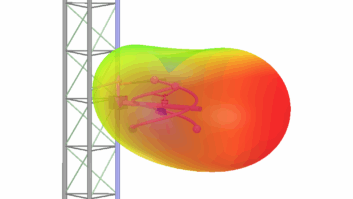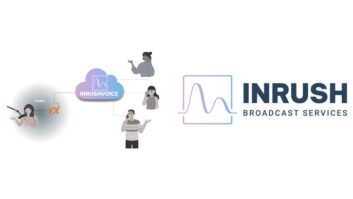One of the goals of the National Antenna Consortium, which lobbies on behalf of antenna owners, is to help defeat the authorization of “broadband over power line” technology, which would allow providers to send data over power lines.
BPL systems use existing electrical power lines to provide high-speed communications. Because those lines are ubiquitous, proponents say, BPL systems have the potential to bring high-speed communications to rural and isolated areas.
The idea is to give consumers a choice of high-speed communications providers, such as cable, DSL, wireless, satellite, and to the extent possible, power line.
BPL systems use existing electrical power lines as a transmission medium to provide communications by coupling RF energy onto the line. This has some existing spectrum users worried about the potential for interference, especially to emergency communications and ham radio operators.
In a joint letter to Congress in January, NAC and two other groups, the Amherst Alliance and the North American Shortwave Association, urged lawmakers to intervene if the FCC approves the technology. Don Schellhardt, a government relations attorney and policy adviser recently hired by NAC, also is president of the Amherst Alliance, a part-time position he handles concurrently with his NAC duties.
The organizations, along with the American Radio Relay League, a national association for amateur radio, are protesting the BPL technology because of potential interference to receivers. The AARL launched an independent study by an outside contractor. The group contends that studies by amateurs and regulators demonstrate that BPL that uses HF or VHF spectrum will cause serious degradation of the communications capability to nearby receivers on those frequencies.
In February, the FCC began a rule making on BPL. This followed a Notice of Inquiry on the subject that garnered more than 5,000 comments. The proposed changes include procedures to measure the RF energy emitted by equipment used to provide BPL service. The commission proposed rules that would require BPL providers to take certain steps to prevent interference to existing spectrum users.
The commission contends that any interference problems can be resolved. Chairman Michael Powell said the Part 15 rules would protect existing services, such as public safety and amateur radio, against harmful interference from BPL.
Although Schellhardt believes the proposed rules would be an improvement, the NAC wants the FCC to take no action until it has reviewed studies being conducted by the ARRL and the National Telecommunications and Information Administration, one of two federal agencies that expressed broad concerns about BPL interference. The NTIA is studying the interference potential by conducting evaluations of field test sites.
The Federal Emergency Management Agency also objects. FEMA warned that sending data through power lines could disrupt its National Radio System, a backup shortwave command and control medium designed to communicate with the radio systems of other agencies during times of disaster.
In filings last summer, NAB expressed broad concerns of interference from BPL to existing communications services.
Powell pledged to support BPL while protecting other services from interference in a speech at the National Press Club in January.
The joint letter to Congress helped to begin a dialogue on BPL, Schellhardt said, adding that the groups are getting lawmakers’ attention in hopes that they will overturn any FCC ruling approving BPL in the future.






